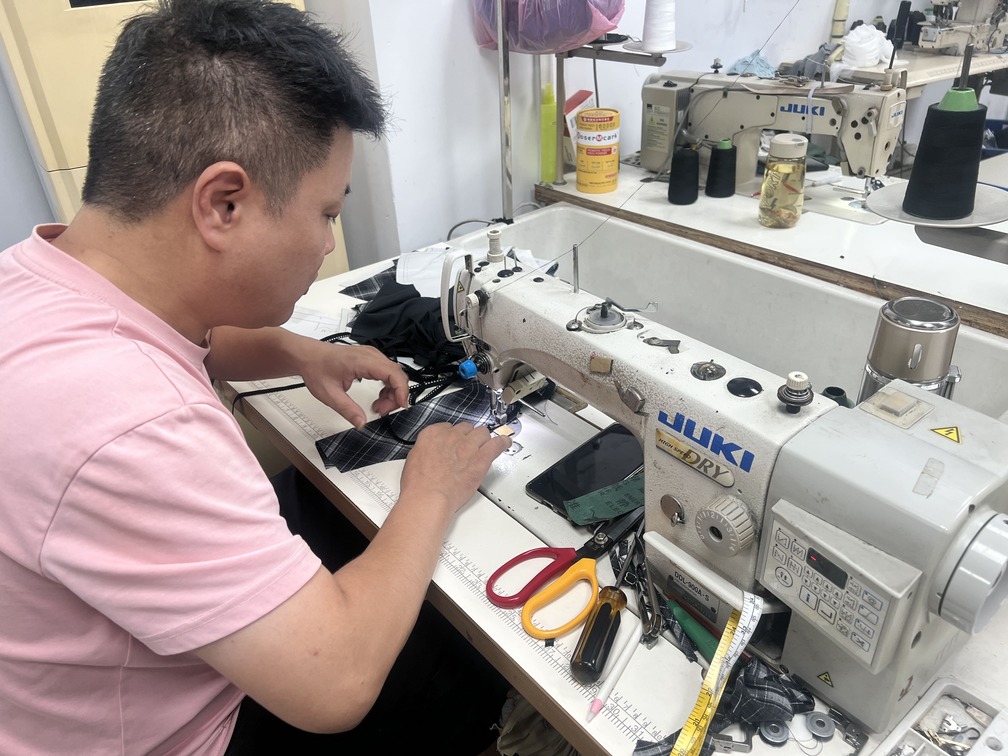Have you ever noticed that two seemingly identical shirts can have vastly different price tags? One might cost $20 while another, nearly indistinguishable at first glance, is priced at $200. What explains this discrepancy? Let’s break down the key factors that influence clothing pricing, even when the items appear similar.
1. Brand Value & Perception
Luxury brands charge premium prices not just for the product itself but for the prestige associated with their name. A simple white T-shirt from a high-end designer label can cost hundreds because customers are paying for the brand’s reputation, exclusivity, and perceived status.
2. Fabric Quality & Material Sourcing
Two garments may look alike, but the fabric composition can differ significantly. Higher-priced clothing often uses premium materials like organic cotton, silk, or ethically sourced wool, which are more durable and comfortable. Cheaper alternatives might use synthetic blends that wear out faster or feel less pleasant against the skin.
3. Production & Labor Costs
Ethical manufacturing practices, fair wages, and safe working conditions increase production costs. Fast-fashion brands often cut corners by outsourcing labor to low-wage factories, while sustainable or high-end brands invest in responsible production, leading to higher retail prices.
4. Design & Craftsmanship
A $200 dress might feature hand-stitched details, custom patterns, or limited-edition designs, whereas a $20 version could be mass-produced with minimal attention to fit and finish. The time and skill invested in craftsmanship justify the higher price.
5. Marketing & Retail Experience
Luxury brands spend heavily on advertising, celebrity endorsements, and high-end retail spaces (think marble-floored boutiques). These costs are factored into the final price. In contrast, budget brands rely on minimal marketing and online sales to keep prices low.
6. Supply Chain & Exclusivity
Limited-edition releases or small-batch production drive up demand and prices. Meanwhile, fast-fashion brands quickly replicate trends using cheaper materials and sell them at a fraction of the cost.
Final Thoughts
While two garments may look similar, the real differences lie in quality, ethics, branding, and production values. Whether you prioritize affordability, sustainability, or luxury, understanding these factors helps make informed purchasing decisions.
What’s your approach—do you invest in pricier, long-lasting pieces, or prefer budget-friendly fashion? Share your thoughts in the comments!


